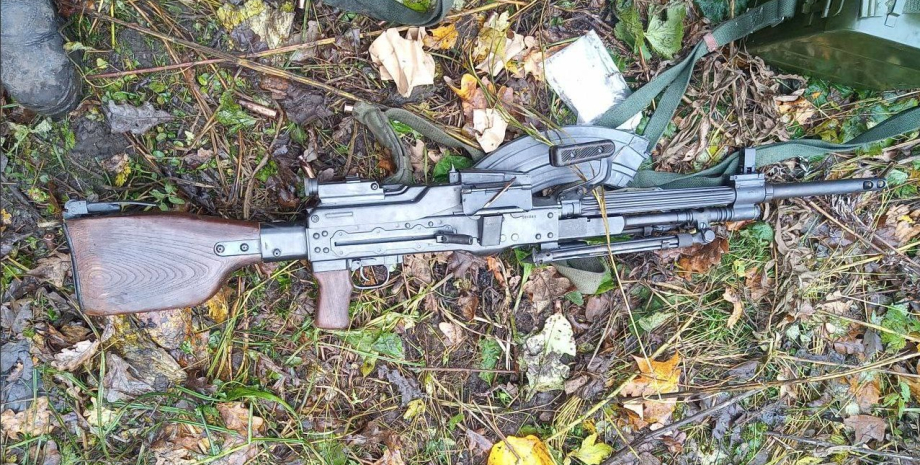
 By Eliza Popova
By Eliza Popova
This fact raises the issue, especially against the background of information that the North Korean units that are involved on the side of Russia against the Armed Forces are armed with Russian -made weapons. The Defense Express observers write about it. The Type 73 DPRK machine gun deserved attention due to its unique power supply and specific appearance.
In the photos, these weapons are often depicted with a vertically installed box store, which gives it an archaic appearance and makes the subject of jokes about the North Korean military industry. However, the Type 73 machine gun has a number of hidden functional advantages.
The fact is that the main feature of Type 73 is the ability to use two types of power: a box store for 30 cartridges and tape, which makes it a model of hybrid weapons, which combines the features of the Soviet PC/PCM and Czechoslovak VZ. 52. In the latter Type 73, he borrowed a design with the top location of the store, but also retained the possibility of tape feed, which allows it to use it as a "full" machine gun alongside PCM.
Another unique Type 73 feature is the ability to shoot with rifle grenades. To do this, you need to charge the idle cartridge and install a special nozzle on the barrel, which gives an additional tactical advantage. Type 73 was not only massively used in the Middle East, but also successfully used in major conflicts: starting with the Iran-Iraq war in the 1980s, and then in the Syrian and Iraqi crises of 2010s.
The combination of the ribbon and the store makes it quite versatile for situations where the ability to replenish the ammunition is limited. In many combat chronicles, it can be easily accepted by PCM, which confirms its similarity with the Soviet prototype. Of course, Type 73 can be considered obsolete by some aspects, but it remains effective for infantry, especially in conditions of limited access to modern weapons.










All rights reserved IN-Ukraine.info - 2022